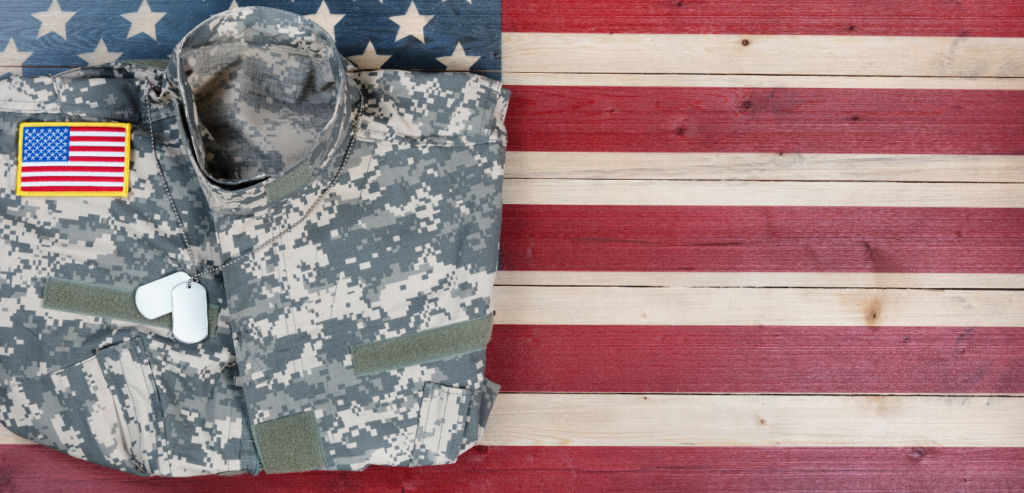Four Times as Many Troops and Veterans Have Died from Suicide than from Combat

Increasing rates of suicide for both veterans and active-duty personnel are outpacing those of the general population.
In recent years, the suicide rate among veterans and active-duty troops has outpaced the rate among the general population. A study done by the Costs of War Project has shed light on the staggering rates of suicide, but doesn’t have a clear answer for why this might be the case.
“The report notes that the increasing rates of suicide for both veterans and active-duty personnel are outpacing those of the general population ― an alarming shift, as suicide rates among service members have historically been lower than suicide rates among the general population,” according to a news release.
Based on the estimates from researchers, 30,177 Global War on Terror veterans have died as a result of suicide, a figure that towers over the 7,057 who have died while deployed during the war. The report finds that there are an array of stressors related to not only combat deployment, but also to general military service.
As one might expect, the mental, physical, and moral stress of exposure to the traumas often present in combat, are certainly contributors to suicidal ideations. Yet, what tends to be overlooked, is the impact of the military’s reliance on guiding principles, which often leaves service members with burdens of moral responsibility for actions or consequences that are largely out of their control.
Advancements in healthcare were cited in the study as a contributing factor for the disproportionate rates of suicide in the two groups. As new medical practices allow more troops to survive injuries, they also enable troops to be deployed many additional times, increasing the physical and mental trauma endured.
Another potential reason for the alarming rates is simply the duration of the war. Twenty years of combat operations have allowed for prolonged or multiple deployments. Over time, the exposure to the associated traumas only has a deeper impact on troops and veterans.
Combat deaths have also been falling steadily since 2007, as suicide rates have continued to rise. Furthermore, the number of actual troops deployed has dwindled from hundreds of thousands, to just a few thousand.
The disconnect in rates among those actively serving and veterans may be attributed to when exactly, the risk factors for suicide really take effect. PTSD and Traumatic Brain Injuries are two key risk factors that may have their biggest effect once service has ended, when service members’ sense of belonging and mission is replaced by a search for identity in a new environment at home.
The report provided some thoughts on how best to approach the important issue of rising suicide rates. “The military needs to promote help-seeking attitudes and frame them positively,” according to the report. “Accordingly, medical screenings for PTSD, TBIs, depression, and suicidal ideation must be universal, communicated across all channels, and taken seriously. That polytraumas and repeated TBIs are so commonplace should motivate changes in if and how service members are redeployed.”

